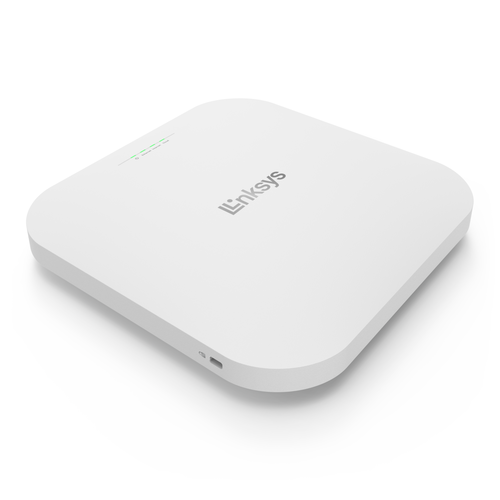What Is a Captive Portal?
.jpg)
You’ve probably encountered a captive portal plenty of times without knowing it—it’s the customized login page that businesses require users to pass through before connecting to the WiFi network. Airports, coffee shops, and hotels are the most popular places to find them, but any type of business can benefit from using a captive portal. It’s an elegant solution for both heightened security and marketing.
Captive Portal Benefits
Typically, a captive portal presents the user with terms of service, which they must agree to before accessing your business's WiFi hotspot. In some cases, the captive portal might require a password (which you can give to verified customers, for instance, on their coffee receipt). Measures like this help free you from liability in the event of illegal or otherwise destructive online behavior, while similar security features keep company assets safe. Using a captive portal also gives you increased control over your bandwidth, offering customizable time limits for how long each user can stay connected to your network.
On the commercial end, captive portals present an excellent opportunity for seamless marketing—they facilitates user engagement at a critical point during their Internet experience, and is a very powerful medium that can be used for a range of business needs. Use a captive portal to have users fill out a survey, view a sponsored advertisement, or highlight current promotions.
Setting Up a Captive Portal
The process of setting up your WiFi hotspot's captive portal varies depending on your business's network setup. Though the details differ, you'll always start by making sure your firmware is up to date and accessing the Web-based setup page for your network's access point—from there, the process should be fairly similar across devices. It looks a little something like this:
- Enable a captive portal for your network. You'll usually find this option under a “captive portal” heading on your access point's setup menu, or under "global configuration." If your access point does not support the captive portal feature, you’ll need to upgrade to a newer model.
- Customize the portal’s settings under a sub-menu such as "Portal Profiles" or "Portal Settings." From here, you'll typically be able to: a) name your portal; b) choose to password-protect your portal, under an "Authentication" or similar option; and c) opt to redirect the portal to an existing Web page, if you'd rather not create a custom page.
- Under the captive portal menu's "Splash screen," "Web customization," or similar option, you can choose exactly what your customers see when they attempt to access your WiFi hotspot. This part of the process is key to making an impression—you'll usually fill in a series of forms to determine aspects such as: a) custom logo images; b) background, font styles, and colors; c) login instructions for the user; d) username and password labels; e) a detailed terms of use policy and f) messages that confirm your customer's successful login.
- Choose "Association," "Profile Association," or the equivalent option from the captive portal menu to associate your portal with a wireless radio band and SSID (Service Set Identifier). Choosing different radio bands restricts the customer's bandwidth access to a particular band of a dual- or tri-band access point (such as a 2.4 GHz or 5 GHz band), while selecting an SSID profile allows customers to visit your hotspot as a guest (choose the "None" option from the profile drop-down menu to allow guests). Tip: Choosing a dual- or tri-band access point helps avoid network interference, making for a faster, smoother online experience for your users.
- Now use a laptop, smartphone, tablet, or other WiFi-enabled device to connect to your business's hotspot and check out your new captive portal. Enter the username and password that you specified during setup, and agree to the terms of use. After a bit of eye-catching advertising, you should be sailing the smooth WiFi seas, just as your happy (and now extra brand-conscious) customers will be in no time.



